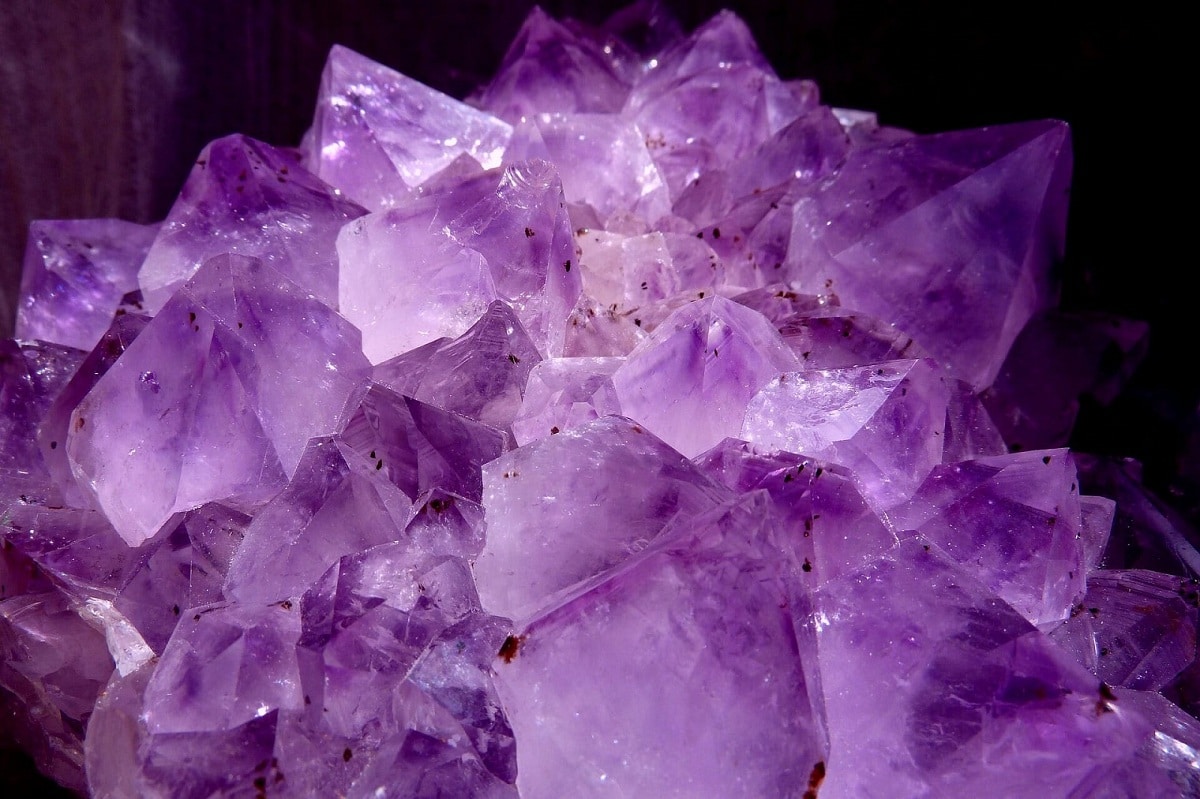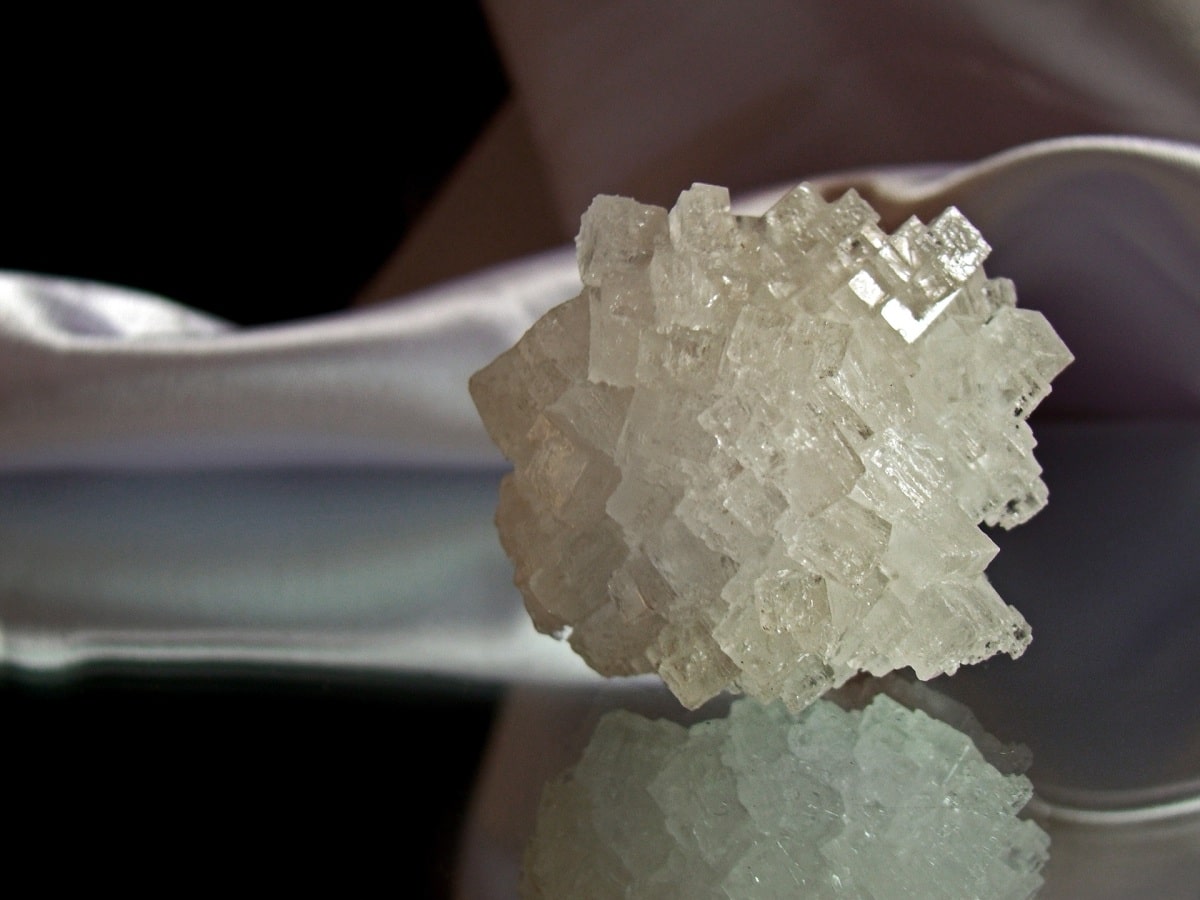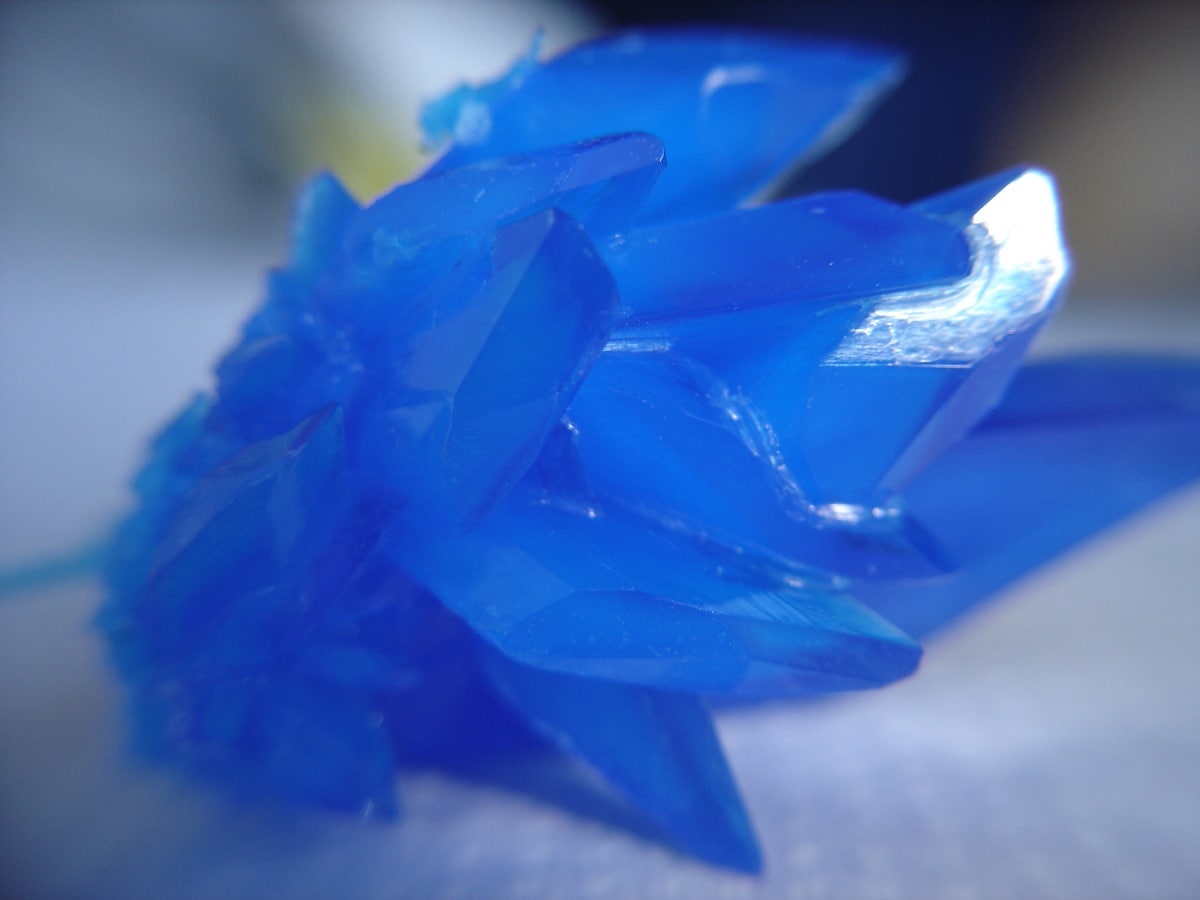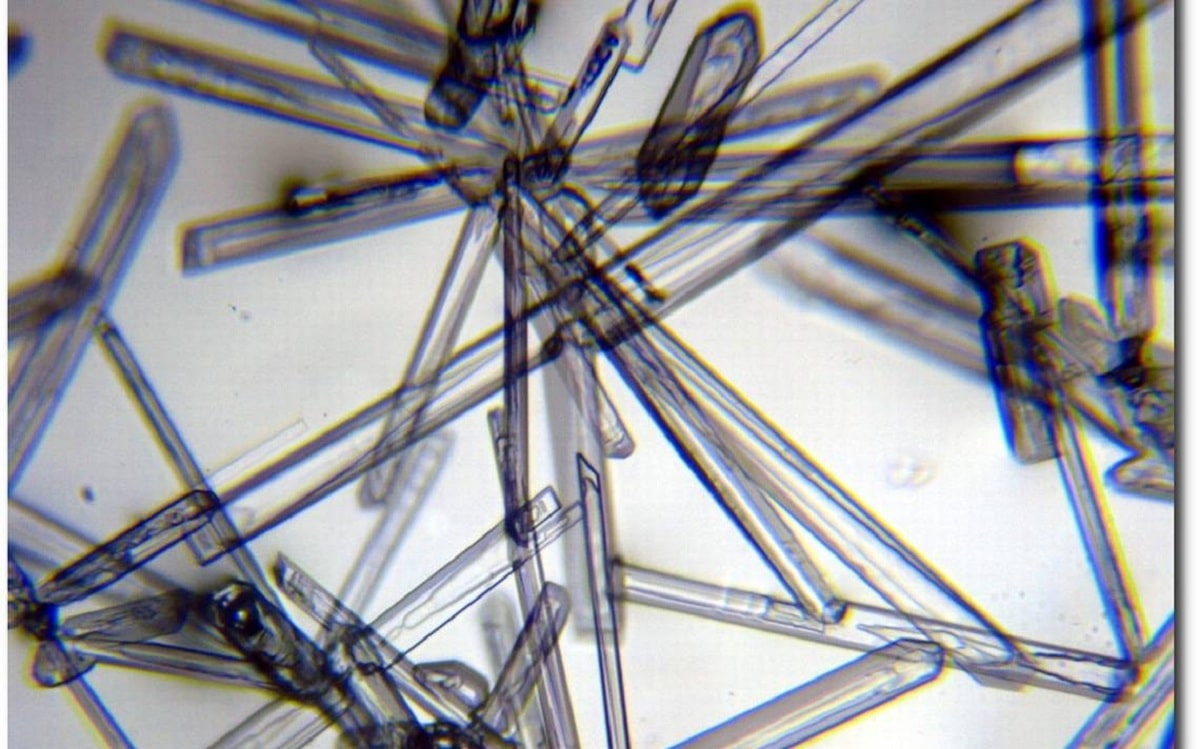
Within geology there is a branch that focuses on studying crystalline matter that forms naturally. It's about the crystallography. It is a science that deals with studying the laws that govern the formation of crystals, their geometric, chemical and physical properties. As there are different characteristics of crystals, crystallography is divided into several branches.
In this article we are going to tell you all the characteristics, studies and importance of crystallography.
Branches of crystallography

Since it is a science that studies the formation of crystals and all their geometric, chemical and physical properties, different branches are classified:
- Geometric crystallography. It focuses on the study of geometric formations.
- Chemical crystallography or Chemical crystallography. As the name suggests it focuses on the chemistry of crystals.
- Physical crystallography or Physical crystallography. It focuses on studying the physical properties of crystals.
In the geometric crystallography part, the external morphology of crystals and the symmetry of their parts are studied. The symmetry of the networks that form the crystal is also taken into account. Therefore, it is not only a kind of visu science, but powerful microscopes are also needed. When crystalline matter is treated from a macroscopic point of view, it must be considered as a homogeneous and continuous medium. It has anisotropic and symmetric characteristics. It is then that when studying the symmetry of the crystals it should be treated as a homogeneous and discrete medium that has unique characteristics depending on the origin of its formation.
When we study chemical crystallography we focus on the arrangement of atoms in crystalline matter. That is, it focuses on studying the internal and external structure of the crystal. In this case, it is necessary to introduce the concept of real crystal since it is necessary to consider the imperfections that it may have, contrary to what happens with geometric crystallography. It could be said that crystallography is a branch that derives from the study of minerals.
In geology the formation and composition of rocks and minerals is studied. The part that focuses on the study of minerals and mineralogy. Since many minerals are authentic crystals depending on their origin, it is born from the branch of crystallography.
Finally, when we study physical crystallography we focus on the physical properties of crystals. Once these physical properties have been studied, an attempt is made to relate to the chemical composition and structure. In this way, it is possible to obtain information from the entire crystal.
Applied Mineralogy

As we have mentioned before, mineralogy is the part of science within geology that is responsible for studying minerals. It has a close relationship with crystallography since it studies the chemical composition, crystal structure, physical properties and genesis conditions of both crystals and other minerals.
The mineralogy They can be divided into chemical, physical and magnetic mineralogy. There are also other types of applied mineralogy such as determinative, descriptive mineralogy and mineralogenesis.
Chemistry is responsible for the study of the chemical properties of minerals. In the part of physical mineralogy, it focuses on the study of the mechanical, electrical, optical and magnetic properties of different minerals.
Keep in mind that mineralogy was born as an applied science within geology. Its use was completely dedicated to mineral deposits that were useful to man. The study of the usefulness of each one and its full development from the earliest times made the descriptive aspect of the new minerals that were discovered something important. In this way the first works dealing with minerals are represented. As early as Aristotle the Book of Stones existed in 315 BC. Rome de l'Isle and Haüy laws on the characteristics of crystalline matter allowed to improve widely the mineralogical determination methods.
And it is that the classical determinations were based on the descriptions of the physical properties that are most manifested and can be observed in the mineral. All this taking into account that it is not necessary to use complicated and sophisticated devices to highlight the characteristics of the mineral or crystal in question. Later, with the use of the polarization microscope, a great advance was allowed in the technique of mineral and crystal determination.
Composition in crystallography and mineralogy

The study and determination of the chemical composition is important in all crystallography and mineralogy studies. However, this chemical composition alone it is not enough to identify all the minerals and crystals that exist. And there are certain cations that are interchangeable such as micas, chlorites, garnets and zeolites and some different minerals that correspond to compounds of identical chemical composition. For example, we have diamond and graphite, which are different minerals but with an identical chemical composition. There is also aragonite and calcite.
The birth of the science called crystallography is considered the time when Stensen presents constancy of the dihedral angles of the faces of quartz crystals. From there the subsequent discoveries become general. And it is that there were numerous discoveries of the elements and possibilities of chemical analysis that gave rise to numerous controversies in the world of crystallography.
The crystal is nothing more than a solid in a crystalline state that under certain conditions of formation appears in the shape of a polyhedron. One of the main characteristics of the crystal is that it will be limited by crystalline faces.
There are different types of glass, let's see what they are:
- Single crystal: it is defined as single crystal. Each of the garnet crystals constitutes a single crystal.
- Crystal aggregate: it is defined as a group of small crystals that grow together. They can appear in different forms.
- Crystal structure: It is the periodic and ordered arrangement of three dimensions in space formed by atoms of a solid in a crystalline state.
I hope that with this information you can learn more about crystallography and what it studies.